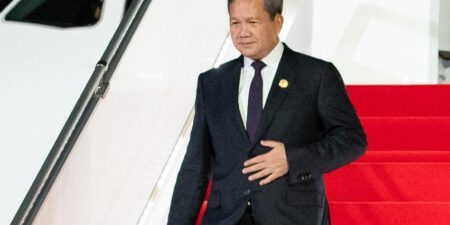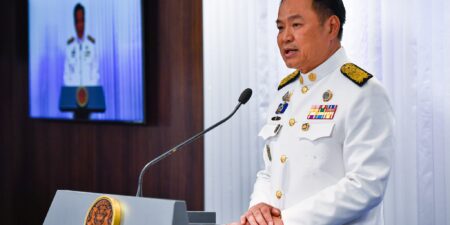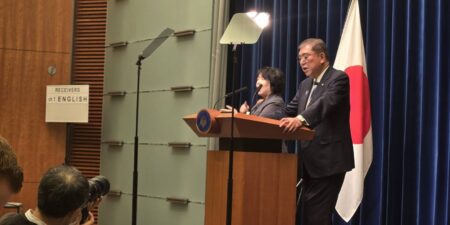
China’s Third Plenary Endorses Economic Reform

Insights & News


Cambodia Launches New Techo International Airport
The BGA Cambodia team, led by Managing Director Bora Chhay, wrote an update to clients …

Thailand’s New Government Under PM Anutin: What’s Next?
BGA Senior Adviser Thitinan Pongsudhirak wrote an update to clients on Thailand’s new prime minister, …

Ishiba’s Resignation Marks Turning Point in Japan’s Political Future
The BGA Japan team, led by Managing Director Kiyoaki Aburaki, wrote an update to clients …
At BowerGroupAsia, we are committed to
delivering result-oriented solutions for our clients
We have proven track record of helping the world’s top companies seize opportunities and manage challenges across the dynamic Indo-Pacific region.




















